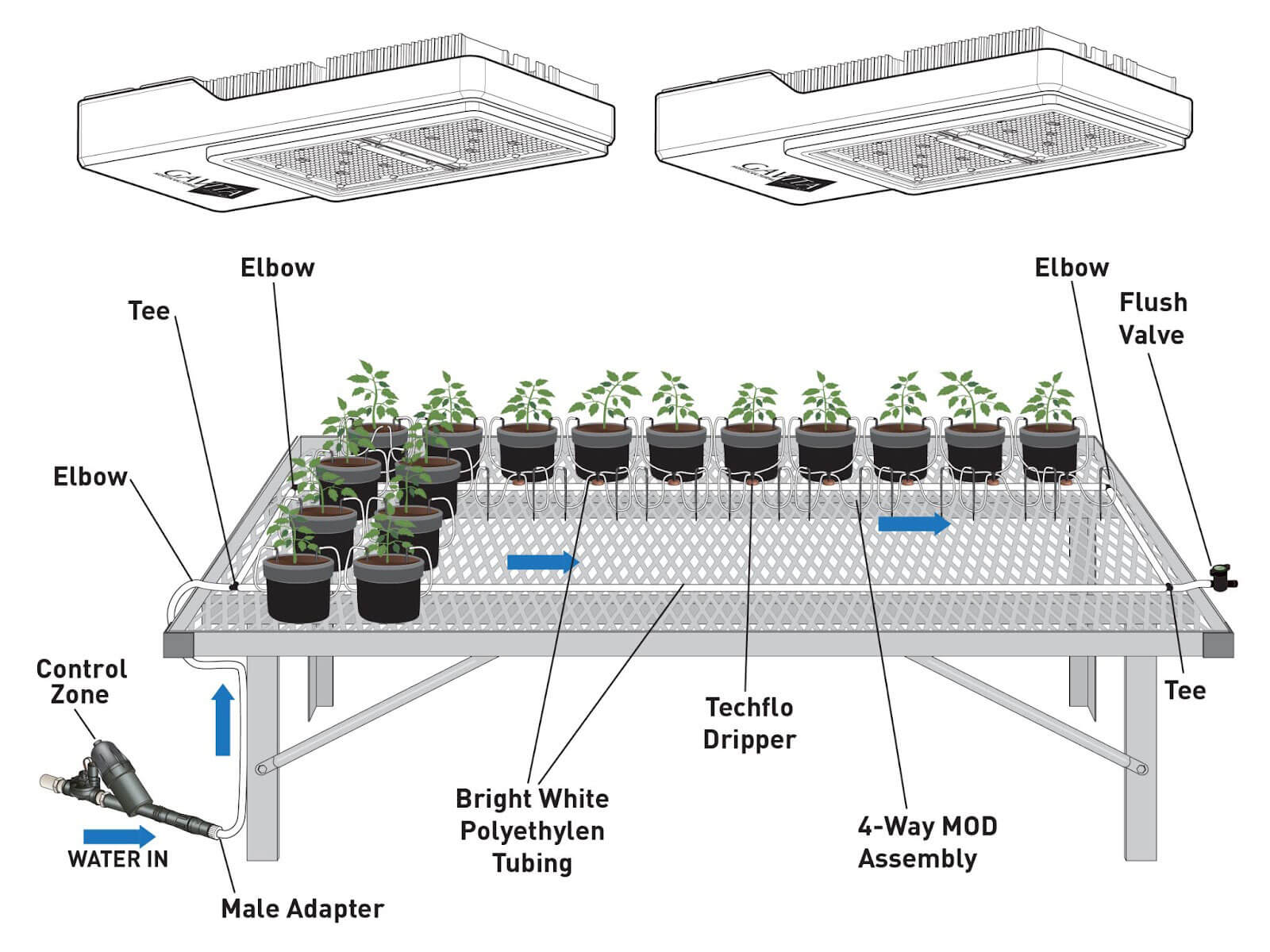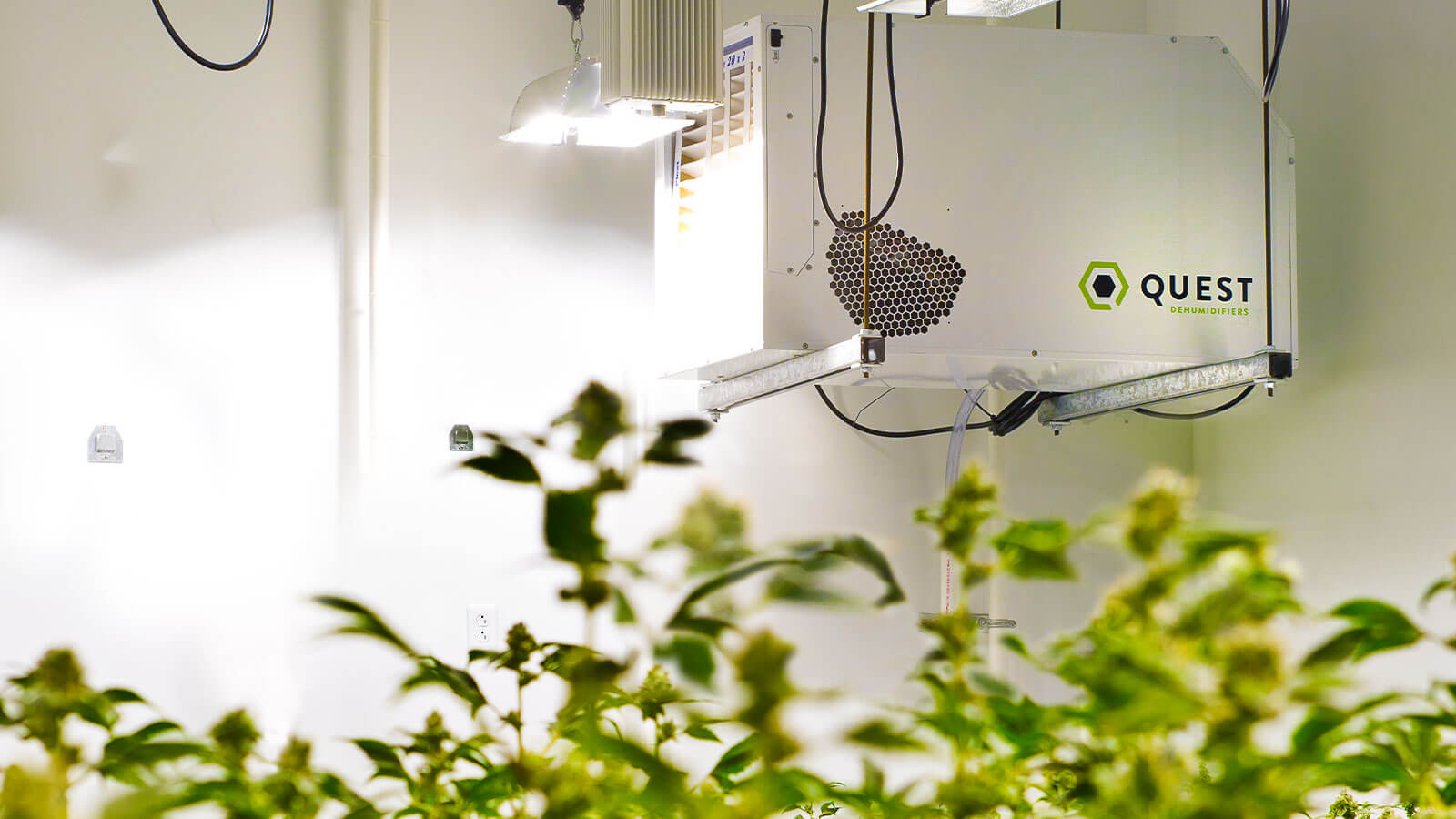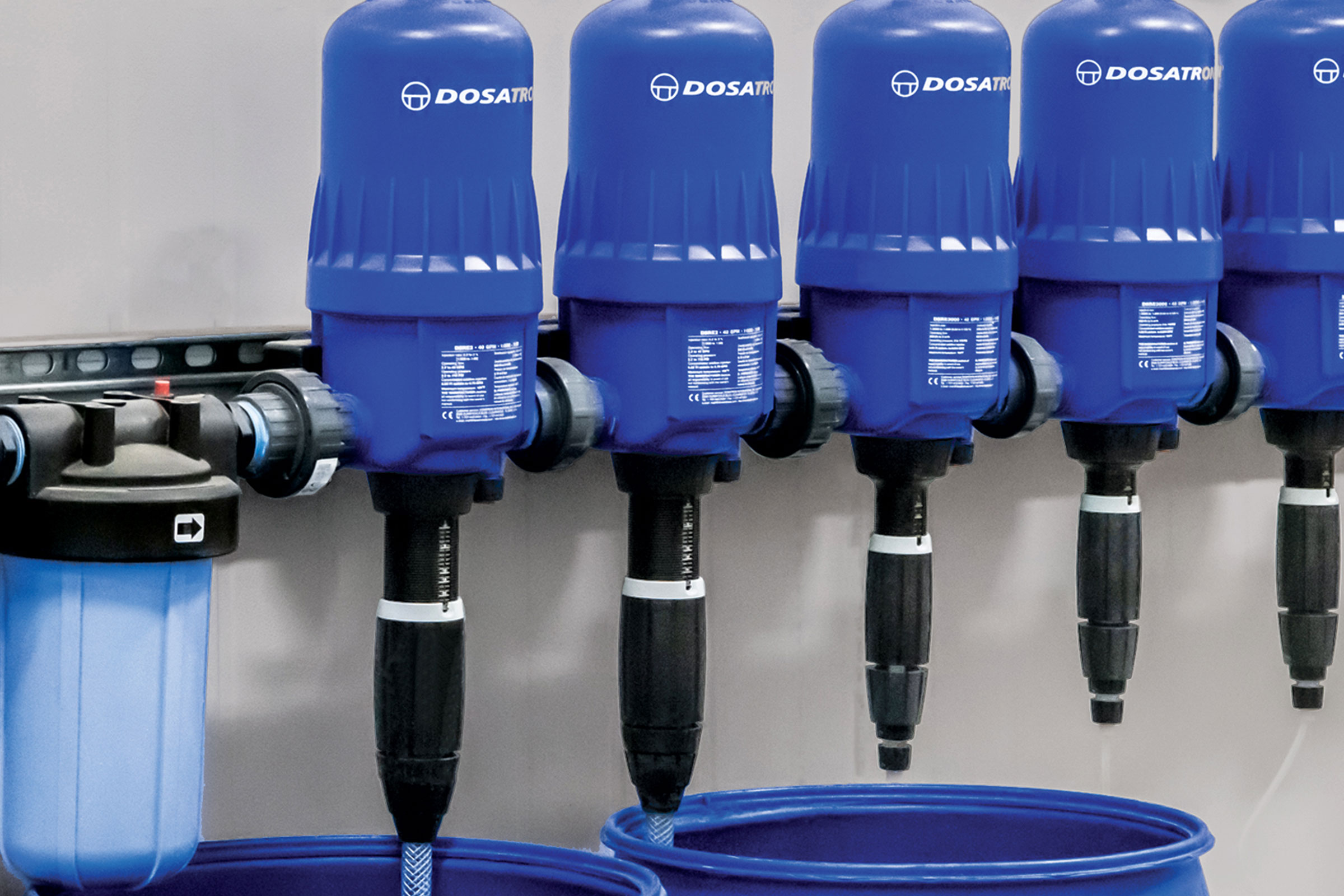It’s a common misconception that switching from HPS to LED automatically triggers a need for increased nutrient and irrigation events.
It’s true, under ideal conditions, higher PPFD levels (as are possible with LED light) generally lead to faster growth, and thus an increased need for nutrients and water.
But more often, nutrient needs increase because growers do not adjust the other room parameters, like ambient temperature, VPD and dehumidification (as outlined in steps 1-4)—not strictly because of higher PPFD levels.
 (link opens in new tab/window)
(link opens in new tab/window)Let’s break it down:
Effects of Transpiration on Irrigation and Nutrient Needs
Water is the delivery vehicle, and dissolved nutrients are the cargo. This means that the higher the rate of transpiration, the more efficiently the crop is able to shuttle essential nutrients to new growth points and generally speaking, the lower the concentration (i.e. ppm of nutrients, mL per gallon of fertilizer, etc.) of nutrients required for healthy, balanced growth.
| HPS | Can provide beneficial warming from radiant heat | All else being equal, often leads to higher transpiration rates | Existing nutrient levels |
| LED | Generally provide less radiant heat than HPS fixtures | If room parameters are not changed, can potentially lead to slower rates of transpiration | Increased nutrients are advisable for continued growth |
If we compensate for the lack of radiant LED heat by adjusting ambient temperature, VPD and other conditions, we can help optimize transpiration. In turn, nutrient needs generally will not increase. In fact, at times they may even decrease. Think in terms of the TOTAL amount of nutrients (concentration x volume) delivered per day, or per growth stage.
| LED | Generally provide less radiant heat than HPS fixtures | When ambient temperature, VPD and other conditions are optimized, can lead to increased growth and transpiration | Nutrients generally do not need to be increased, and can even be lowered at times (vs. HPS) |
So how do you know if your crops are transpiring at a higher, lower or equal rate from HPS to LED? It can be fairly straightforward if you know what to look for.
How to Estimate Transpiration Levels
Measure the total volume of irrigation solution required each day to maintain the same moisture content in your substrate for crops under LED vs. HPS fixtures. Then, determine the following:
- If HPS water usage > LED water usage, we can reasonably infer that the crops are transpiring less, thus nutrient concentration should be increased.
- If HPS water usage < LED water usage, we can reasonably infer that the crops are transpiring more, thus nutrient concentration can remain the same or even be reduced.
Continue learning with Hawthorne ⟶


